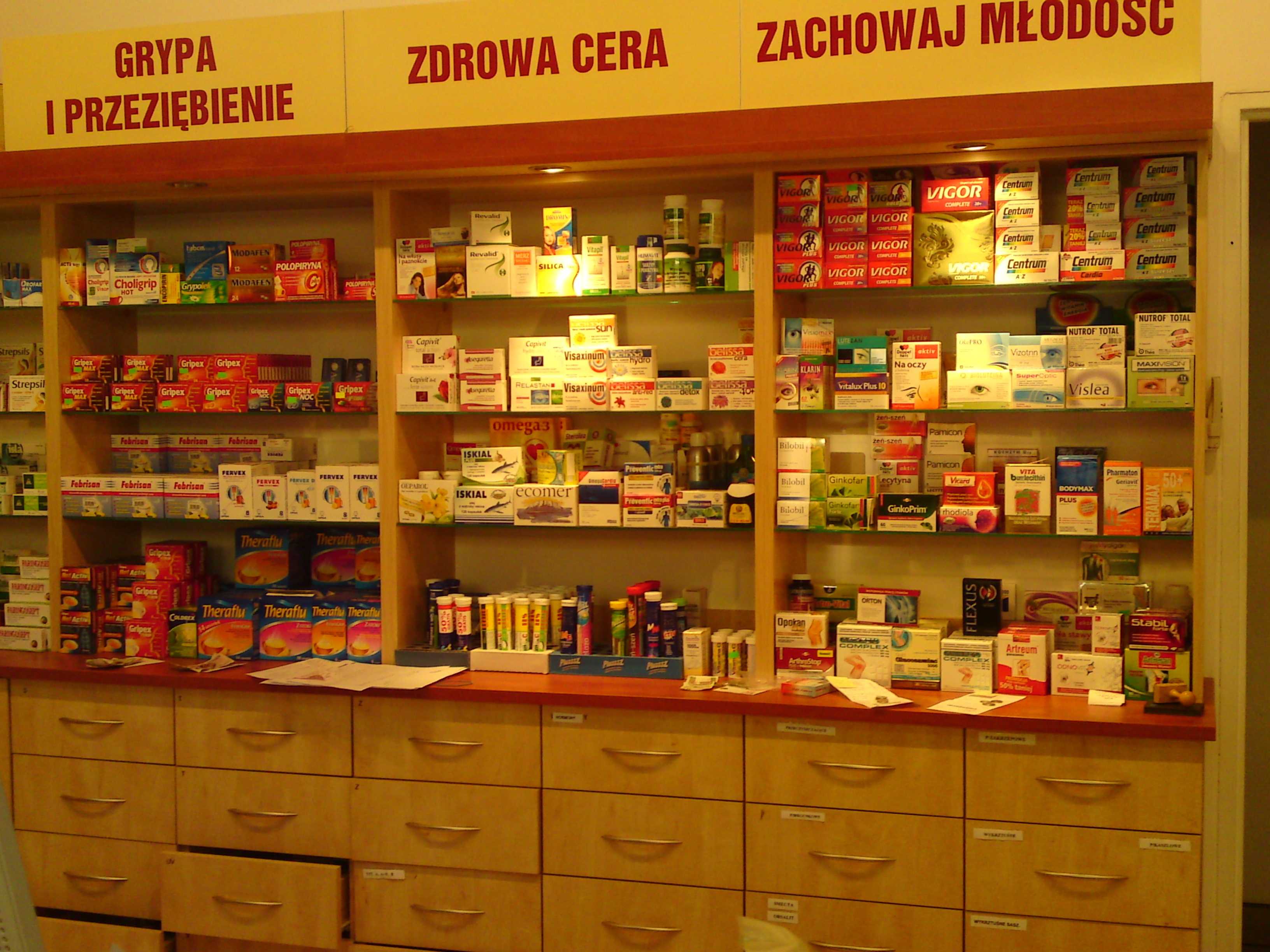Pharmacy Practice MCQ, in this article we will solve, Practice MCQ under subject physical pharmaceutics II. Read following article for your reference.
https://www.pharmacareers.in/non-newtonian-systems-pseudoplastic-dilatant-plastic-thixotropy-thixotropy-in-ulation/
- What is a non-Newtonian fluid?
- a) A fluid that follows Newton\’s law of viscosity
- b) A fluid whose viscosity is independent of shear rate
- c) A fluid whose viscosity changes with applied shear stress
- d) A fluid that does not exhibit any viscosity
- Which type of non-Newtonian fluid exhibits a decrease in viscosity with increasing shear rate?
- a) Dilatant
- b) Plastic
- c) Pseudoplastic
- d) Thixotropic
- What is the primary characteristic of a pseudoplastic fluid?
- a) It exhibits shear thickening
- b) It exhibits shear thinning
- c) It has a constant viscosity
- d) It has a yield stress
- Which type of non-Newtonian fluid exhibits an increase in viscosity with increasing shear rate?
- a) Dilatant
- b) Plastic
- c) Pseudoplastic
- d) Thixotropic
- What is the main feature of a plastic fluid?
- a) It flows without any resistance
- b) It exhibits shear thinning
- c) It has a yield stress
- d) It exhibits shear thickening
- Which type of non-Newtonian fluid returns to its original viscosity after the shear stress is removed?
- a) Dilatant
- b) Plastic
- c) Pseudoplastic
- d) Thixotropic
- What is thixotropy?
- a) The increase in viscosity over time under constant shear stress
- b) The decrease in viscosity over time under constant shear stress
- c) The constant viscosity regardless of shear stress
- d) The increase in viscosity with increasing temperature
- Which type of non-Newtonian fluid is commonly found in toothpaste?
- a) Dilatant
- b) Plastic
- c) Pseudoplastic
- d) Thixotropic
- What is the primary application of thixotropic materials in pharmaceutical ulations?
- a) To increase the solubility of active ingredients
- b) To enhance the stability of emulsions
- c) To improve the ease of application and spreadability
- d) To reduce the viscosity of suspensions
- Which type of non-Newtonian fluid is often used as a thickening agent in food products?
- a) Dilatant
- b) Plastic
- c) Pseudoplastic
- d) Thixotropic
- What is the main advantage of using pseudoplastic fluids in pharmaceutical ulations?
- a) They are easier to mix
- b) They exhibit shear thickening
- c) They have a constant viscosity
- d) They exhibit shear thinning
- Which type of non-Newtonian fluid is used in ulations that require a high degree of stability under stress?
- a) Dilatant
- b) Plastic
- c) Pseudoplastic
- d) Thixotropic
- What is the primary characteristic of a dilatant fluid?
- a) It exhibits shear thinning
- b) It has a constant viscosity
- c) It exhibits shear thickening
- d) It has a yield stress
- Which type of non-Newtonian fluid is commonly used in paints and coatings?
- a) Dilatant
- b) Plastic
- c) Pseudoplastic
- d) Thixotropic
- What is the main advantage of using plastic fluids in pharmaceutical ulations?
- a) They are easier to mix
- b) They exhibit shear thickening
- c) They have a constant viscosity
- d) They exhibit shear thinning
- Which type of non-Newtonian fluid is used in ulations that require a high degree of stability under stress?
- a) Dilatant
- b) Plastic
- c) Pseudoplastic
- d) Thixotropic
- What is the primary application of thixotropic materials in pharmaceutical ulations?
- a) To increase the solubility of active ingredients
- b) To enhance the stability of emulsions
- c) To improve the ease of application and spreadability
- d) To reduce the viscosity of suspensions
- Which type of non-Newtonian fluid is often used as a thickening agent in food products?
- a) Dilatant
- b) Plastic
- c) Pseudoplastic
- d) Thixotropic
- What is the main advantage of using pseudoplastic fluids in pharmaceutical ulations?
- a) They are easier to mix
- b) They exhibit shear thickening
- c) They have a constant viscosity
- d) They exhibit shear thinning
- Which type of non-Newtonian fluid is commonly found in toothpaste?
- a) Dilatant
- b) Plastic
- c) Pseudoplastic
- d) Thixotropic
- What is the primary characteristic of a pseudoplastic fluid?
- a) It exhibits shear thickening
- b) It exhibits shear thinning
- c) It has a constant viscosity
- d) It has a yield stress
- Which type of non-Newtonian fluid exhibits an increase in viscosity with increasing shear rate?
- a) Dilatant
- b) Plastic
- c) Pseudoplastic
- d) Thixotropic
- What is the main feature of a plastic fluid?
- a) It flows without any resistance
- b) It exhibits shear thinning
- c) It has a yield stress
- d) It exhibits shear thickening
- Which type of non-Newtonian fluid returns to its original viscosity after the shear stress is removed?
- a) Dilatant
- b) Plastic
- c) Pseudoplastic
- d) Thixotropic
For more regular updates you can visit our social media accounts,
Instagram: Follow us
Facebook: Follow us
WhatsApp: Join us
Telegram: Join us






[…] For practice MCQ on this article, click here. […]